It is early days but some evidence is starting to emerge on the consequences of a big tax experiment. What happens when you cut an important tax, in this case stamp duty, and then put it back up again?
Some would say that there is no mystery about the answer to that.
If you cut taxes, you boost prices and activity but if you put them back up again, these effects are inevitably reversed. But, as we shall see, the picture is rather more nuanced than that.
Rishi Sunak, who was responsible for the stamp duty cut a year ago, in July 2020, and for extending it in his Budget in March, would see it differently.
Like his other interventions in the economy during the pandemic, including the expensive furlough scheme which is also being wound down, the aim was to provide a bridge back to normality.
In both cases, stamp duty and the furlough scheme, he has smoothed the cliff edge. Both the full stamp duty cut and the unfettered furlough – providing 80 per cent of normal wages – came to an end on June 30. Both, however, will remain in partial form until the end of September.
What has been the impact of the June 30 change?
It is early days but Knight Frank, the estate agents, offered some early evidence.
In the first week of the new regime, the “frenetic” period that characterised the run-up to June 30 came to an end.
Property exchanges in the first week of July ran at just over 40% of the five-year average for that time of year.
If that sounds worrying, Knight Frank described it as an “inevitable” pause for breath as the conveyancing system reboots.
Every other measure, meanwhile, remained strong.
The number of new prospective buyers registering with the agent was 31% above the five-year average for that week of July.
More impressively, the offers continued to come in, and were 59% above that five-year average, while viewings were up 4%.
Evidence from elsewhere suggests that Sunak was right to smooth the cliff-edge.
In Scotland stamp duty is called the land and buildings transaction tax (LBTT) and its more modest reduction – which took in the fact of lower average property prices north of the border – was not maintained beyond the end of March.
One result of this appears to have been a cooling of house-price inflation in Scotland.
According to the Nationwide Building Society, annual house-price inflation in Scotland in the first quarter was above the UK average and stronger than several other UK regions.
In the second quarter, however, it was below the UK average, with the weakest quarterly increase of any UK nation, and the weakest annual rise of any part of the country.
Scotland’s annual rise was half that of Northern Ireland, which followed England in maintaining the stamp duty cut beyond March 31.
It will be some weeks before we know the full effects of the June 30 change and the return to the pre-pandemic status quo on September 30.
Last month here I quoted two senior Bank of England officials whose concern was that the market would, if anything, remain too exuberant after the end of the stamp duty reduction.
That view was confirmed in the Bank’s latest Financial Stability Report, released on July 13.
It said:
“Recent high levels of activity are likely to reflect in part a temporary boost provided by the stamp duty holiday, as shown by the peak in housing transactions completing in March 2021 ahead of its original deadline.”
“They may also partially reflect structural factors such as households prioritising additional space to accommodate flexible working arrangements and increased savings accumulated during the pandemic, as well as the continued low interest rate environment.”
“There are similar trends in some other advanced economies.”
“Other, timelier indicators of house prices remain strong, suggesting that some of that strength in demand may persist beyond the end of the stamp duty holiday in September.”
The task of the Financial Stability Report is to worry about risks to the financial system and to individuals getting into too much debt, which they have not been in recent months.
But the Bank’s assessment is quite an encouraging one.
The end of the stamp duty reduction may take a bit of the edge off house prices, but activity should stay strong.
Any pause for breath this month will be temporary.




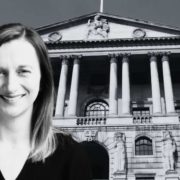
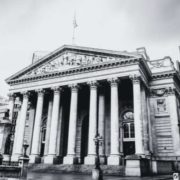


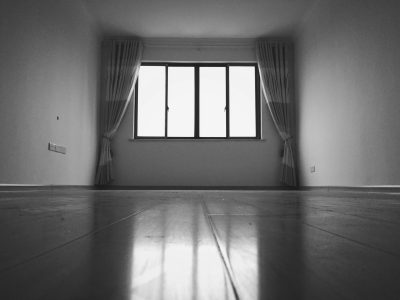

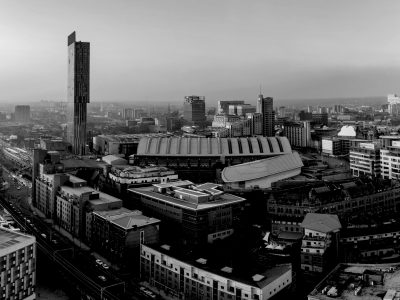

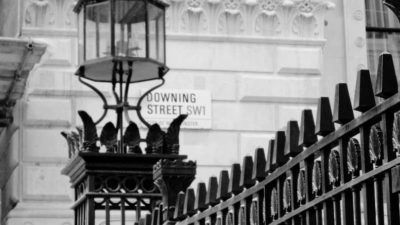
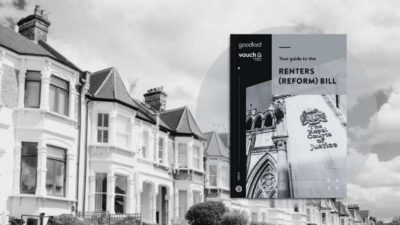





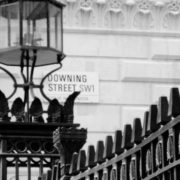
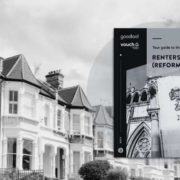




Comments